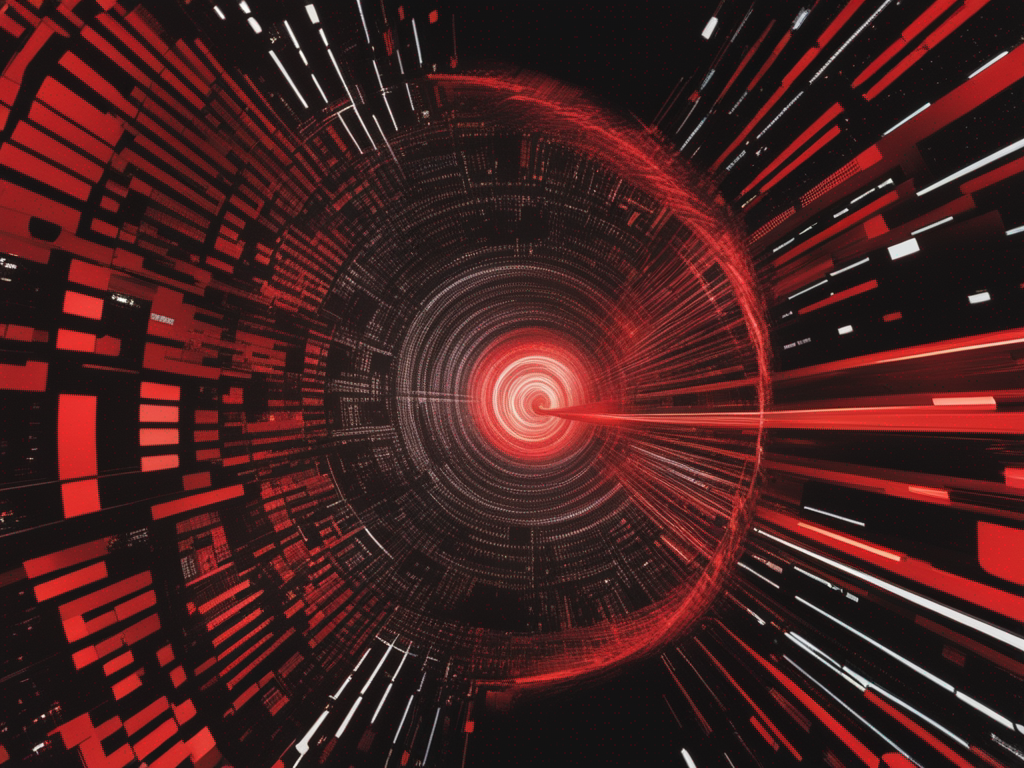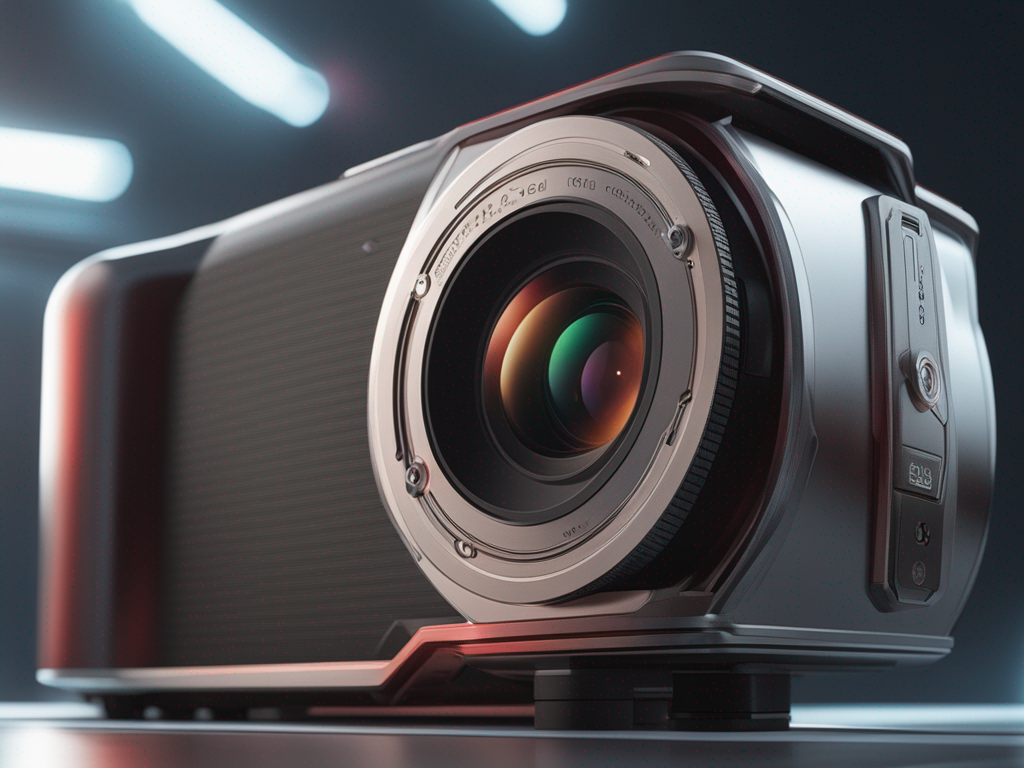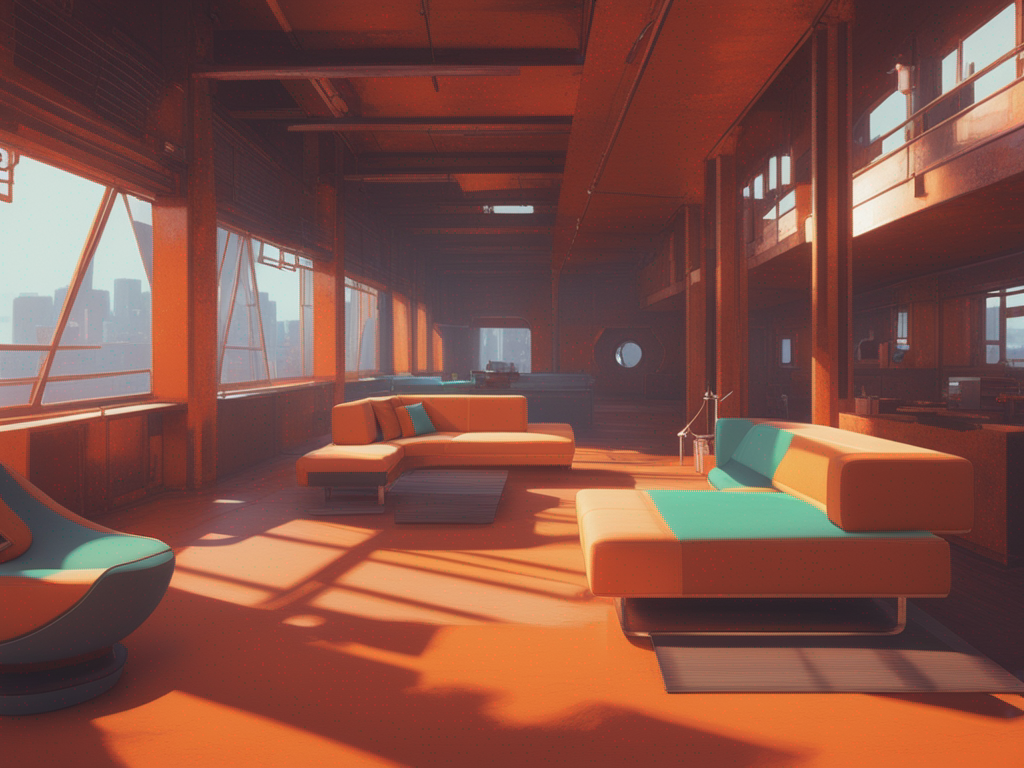DDoS Attack, Compositional Generative Model, Software-Defined Cameras, NeRF Quality Improvement, Ownership Types in Rust
Welcome to another edition of our deep dive into the world of trending research. Today, we’re tackling everything from the unexpected DDoS attack on arXiv.org (was it really a university assignment gone wrong?) to the CityDreamer model that’s turning heads with its ability to generate limitless 3D cities. We’ll also be exploring the future of imaging with SoDaCam’s software-defined cameras and a novel method to boost NeRF quality through progressive camera placement. Lastly, we delve into the intricate world of Rust programming language with a new conceptual model for ownership types. Pulling insights from Hacker News discussions, we’ll shed light on what the tech community really thinks about these breakthroughs. Buckle up for a thrilling journey into the frontiers of cutting-edge research.
Top Papers
1) arXiv.org is experiencing a DDOS attack – arXiv blog
Summary:
The arXiv.org website is currently experiencing a DDOS attack, affecting email services, originating from around 200 IP addresses, primarily associated with a Chinese ISP.
Hacker News:
Arxiv.org is experiencing a DDoS attack, possibly due to a university assignment gone awry. View on HN
- Arxiv.org is experiencing a DDoS attack
- The attack may have been caused by an university assignment gone wrong
- The number of password resets is shockingly low for a DDoS attack
- The ISP responsible for the attack is located in China
- The State Department may get involved in these cases
- Arxiv.org will be reaching out to the abuse desk of the affected ISP for assistance
- The attack originated from over 200 IP addresses owned by a Chinese ISP
- The attack affected the email service and user registrations on arXiv

2) CityDreamer Compositional Generative Model of Unbounded 3D Cities
Summary:
The CityDreamer model creates limitless 3D cities by separating building creation from background objects and utilizing a bird’s eye view scene representation along with MaskGIT and VQVAE for layout generation.
Hacker News:
CityDreamer is a generative model that allows users to explore and create limitless 3D cities using a compositional approach, with the comment thread mentioning similar programs like Townscaper and “digital twins”. View on HN
- CityDreamer is a compositional generative model of unbounded 3D cities.
- The actual gallery and a YouTube video are provided as references for CityDreamer.
- SceneDreamer generates geometries on the fly as the viewer walks through the city, while CityDreamer generates a whole real city first and then allows the user to walk through it.
- Townscaper is another example of a generative approach to city modeling, producing cartoony agglomerations with well-tuned interactions.
- CityEngine is a procedural city generation engine that uses shape grammar based on L-Systems to define road networks and buildings with increasing levels of detail and contextual constraints.
- Shape Grammars and L-Systems are closely related techniques in generative modeling.
- An “awful lot” of cities have a “digital twin” in their planning department, but the quality and detail of these digital twins can vary significantly.
- Procedurally generated environments require very little storage space and can approach Kolmogorov-optimal compression, making them efficient for games and simulations.

3) SoDaCam Software-defined Cameras via Single-Photon Imaging
Summary:
SoDaCam is a camera that utilizes single-photon detectors to capture photon data and can process it post-capture to simulate various imaging methods, while also reducing power usage and offering versatile functionality.
Hacker News:
SoDaCam is a project that creates software-defined cameras featuring adjustable frame rates and motion blur removal, demonstrated on their website. View on HN
- SoDaCam is a project that focuses on software-defined cameras using single-photon imaging.
- The project demonstrates dynamic adjustment of frame rate and the ability to remove motion blur by summing over complex trajectories.
- The current limits of diodes used in these cameras prevent them from replacing CCDs in manufacturing cameras.
- SPADs have lower quantum efficiency and fewer pixels compared to conventional CCDs.
- Heating and energy consumption are issues for SPADs, making them expensive and not suitable for brightly lit scenes.

4) Improving NeRF Quality through Progressive Camera Placement
Summary:
A proposed method for enhancing NeRF quality involves progressive camera placement, with reconstruction quality determined by observation frequency and angular uniformity metrics.
Hacker News:
The article suggests using 3D video recording to enhance NeRF quality by capturing crucial details from multiple angles. View on HN
- NeRF (Neural Radiance Fields) is a technique that uses neural networks to model how light is emitted and moves in a volume of space.
- NeRF can be used for view synthesis and 3D reconstruction, allowing the synthesis of views of a scene from a few pictures.
- Progressive camera placement can improve the quality of NeRF by capturing important information from different angles and distances.
- Techniques like Gaussian splatting also work for NeRF, optimizing the 3D representation of a scene using gradient descent.
- The use of 3D video recording and scanning can provide all the necessary information for NeRF without worrying about optimal camera placement for stills.

5) Grounded Conceptual Model for Ownership Types
Summary:
The text presents a conceptual model for ownership types in Rust, aiding programmers in comprehending the fundamental aspect of memory safety.
